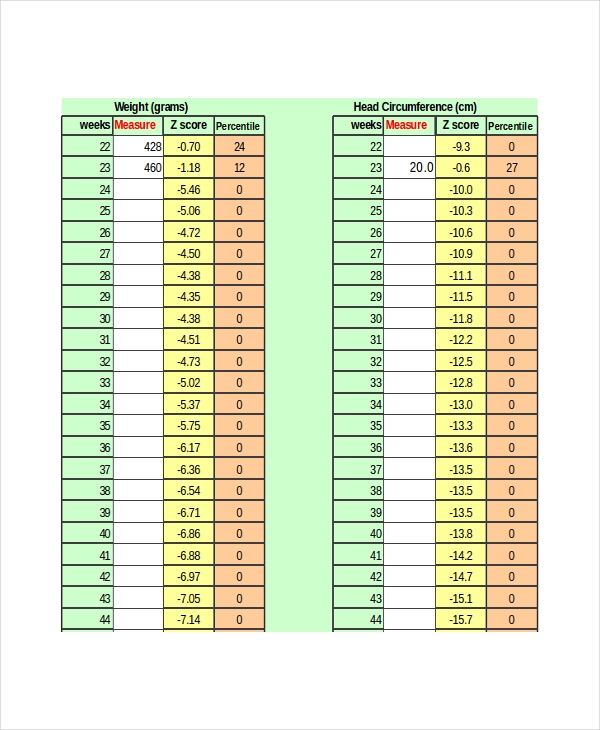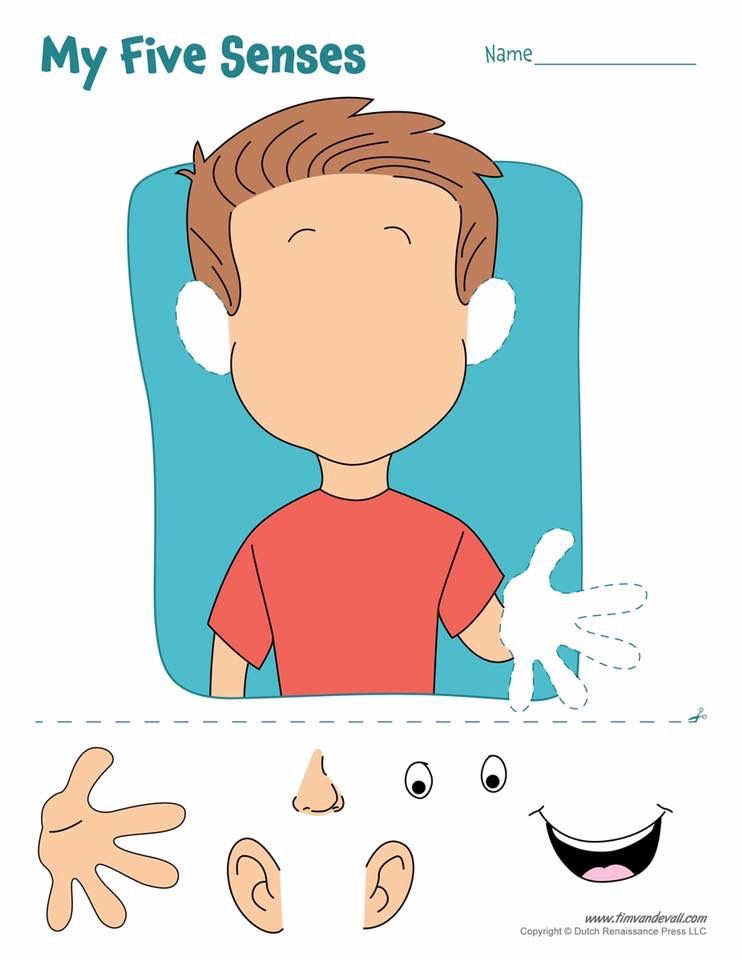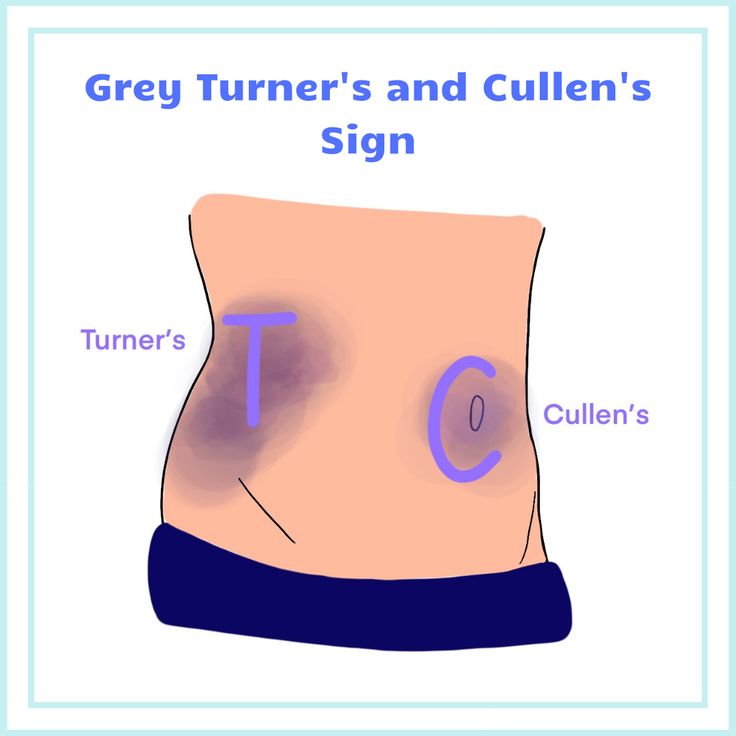Growth percentile calculator for infants
Weight For Age WHO 0-2 Year
English | 中文版
Weight Age 0-2 Length Age 0-2 Weight Length 0-2 Head Circum 0-2
Was this useful to you? Help others and share.
Description:
Note, the CDC recommends the use of the WHO charts for babies and infants from birth to two years of age. This app uses WHO tables and data for calculations.
This calculator provides your baby's weight percentile based on age. The percentile shows how your infant's weight compares to other infants. The percentile tells you what percentage of babies weigh less than your baby. For example out of a sample of 100 babies, a percentile value of 40 percent means your baby weighs more than 40 babies and weighs less than the other 60 babies.
A percentile of 50% represents the average or mean weight. A value below 50 percent means a baby weighs less than the average. A value greater than 50 percent means a baby is above average. This does not mean your baby is overweight or underweight. A doctor or physician should be consulted to determine weight status.
Calculation Instructions:
- Note, this calculator uses the World Health Organization (WHO) infant charts for 0-2 year olds
- Enter Birthday
- Enter Measurement Date
- Enter Weight
Outputs:
- Percentile - The weight percentile of the child.
- Age - The age of the child in months
- Weight - The mass of the child in metric and standard units.
- Graph Plot - Weight versus age graph with 5, 10, 25, 50, 75, 95 and calculated percentile lines.
Reference:
"The WHO Child Growth Standards". The World Health Organization. https://www.who.int/toolkits/child-growth-standards/standards.
Child Height Predictor:
Child Height Predictor - Predict Adult Height
CDC Recommended Growth Charts:
The United States Center for Disease Control (CDC) recommends using the World Health Organization (WHO) charts for the first two year of life (0 to 2 years). After two years, it is recommended to return to the CDC charts.
After two years, it is recommended to return to the CDC charts.
Weight-Age (WHO 0-2 years) Length-Age (WHO 0-2 years) Weight-Length (WHO 0-2 years) Head Circumference-Age (WHO 0-2 years)
Weight-Age (CDC 2-20 Years) Stature-Age (CDC 2-20 Years) Weight-Stature (CDC 2-20 Years)
CDC Growth Charts:
Weight-Age (CDC 0-3 years) Length-Age (CDC 0-3 years) Weight-Length (CDC 0-3 years) Head Circumference-Age (CDC 0-3 years) Weight-Age (CDC 2-20 Years) Stature-Age (CDC 2-20 Years) Weight-Stature (CDC 2-20 Years)
WHO Growth Charts:
Weight-Age (WHO 0-5 years) Length-Age (WHO 0-2 years) Height-Age (WHO 2-5 years) Weight-Length (WHO 0-2 years) Weight-Height (WHO 2-5 years) Head Circumference-Age (WHO 0-5 years)
Chinese Growth Charts:
Weight-Age (China 0-18 years) Length-Age (China 0-3 years) Height-Age (China 3-18 years) Head Circumference-Age (China 0-6 years) Weight-Length (China 0-3 years) Weight-Height (China 3-18 years)
Preterm Infant Growth Charts:
Weight-Age (23-41 Gestational Weeks) Length-Age (23-41 Gestational Weeks) Head Circumference-Age (23-41 Gestational)
Email Contact and Privacy Policy:
Contact: aj@ajdesigner.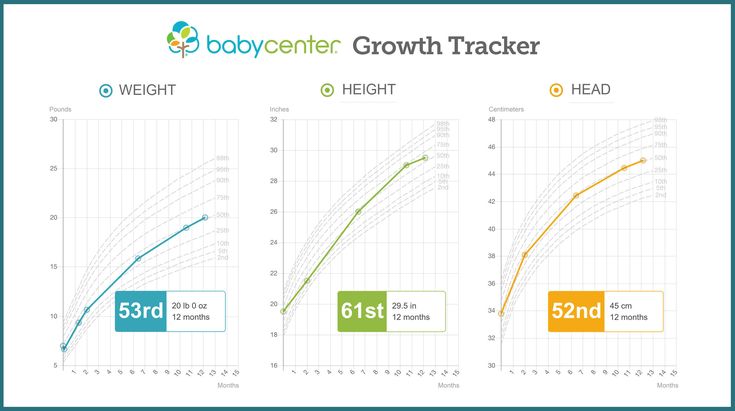 com
Privacy Policy - Legal Disclaimer
com
Privacy Policy - Legal Disclaimer
Popular Pages:
Sale Discount Calculator - Percent Off Loan Calculator Mortgage Extra Payment Paycheck Overtime Rate Calculator Jobs Salary Pay Check Converter Temperature Converter Fraction Calculator - Simplify Reduce Engine Motor Horsepower Calculator Earned Value Project Management Present Worth Calculator - Finance Constant Acceleration Motion Physics Statistics Equations Formulas Mortgage Loan Calculator - Finance Weight Loss Diet Calculator Body Mass Index BMI Calculator Light Bulb Energy Cost Analysis Automobile Fuel Economy - Gasoline Tire Size Comparison Calculator Water Pump Calculator - Hydraulics Geometry Square Circle Cylinder Triangle Calculator Torque Calculator Density Calculator Pressure Calculator Power Calculator Force Calculator
Disclaimer:
Use this calculator at your own risk.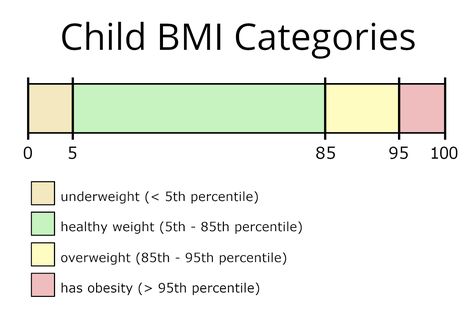 This calculator may or may not be accurate or reliable. By using this calculator you acknowledge any reliance on this calculator shall be at your sole risk.
This calculator may or may not be accurate or reliable. By using this calculator you acknowledge any reliance on this calculator shall be at your sole risk.
AJ Design Software:
Technical Tools, Specifications, How to Guides, Training, Applications, Examples, Tutorials, Reviews, Answers, Test Review Resources, Analysis, Homework Solutions, Help, Data and Information for Engineers, Technicians, Teachers, Tutors, Researchers, K-12 Education, College and High School Students, Science Fair Projects and Scientists
Weight Age CDC 0-3 Year
Weight Age 0-3 Length Age 0-3 Weight Length 0-3 Head Circum 0-3
Was this useful to you? Help others and share.
Description:
This calculator is based on the United States Center for Disease Control (CDC) infant charts. These charts are intended for babies and toddlers with an age of 0-3 years.
This calculator provides your child's weight percentile based on age.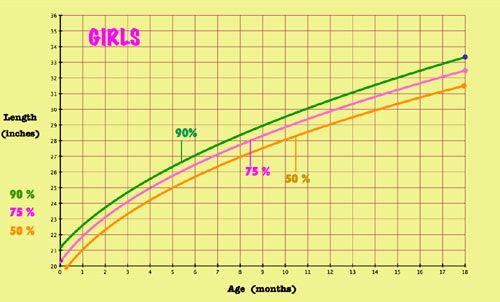 The percentile shows how your child's weight compares to other children. The percentile tells you what percentage of children weigh less than your child. For example out of a sample of 100 children, a percentile value of 40 percent means your child weighs more than 40 children and weighs less than the other 60.
The percentile shows how your child's weight compares to other children. The percentile tells you what percentage of children weigh less than your child. For example out of a sample of 100 children, a percentile value of 40 percent means your child weighs more than 40 children and weighs less than the other 60.
A percentile of 50% represents the average or mean weight. A value below 50 percent means a child weighs less than the average. A value greater than 50 percent means a child is above average. This does not mean your child is overweight or underweight. A doctor or physician should be consulted to determine weight status.
Calculation Instructions:
- Select Gender - Choose male for boys and female for girls.
- Enter Birthday - Day of birth
- Enter Measurement Date - Enter the day the measurement was taken.
- Enter Weight - The mass of child
- Select Units
-
- kg - Metric kilogram
- lb - Standard US pound
Outputs:
- Percentile - The weight percentile of the child.
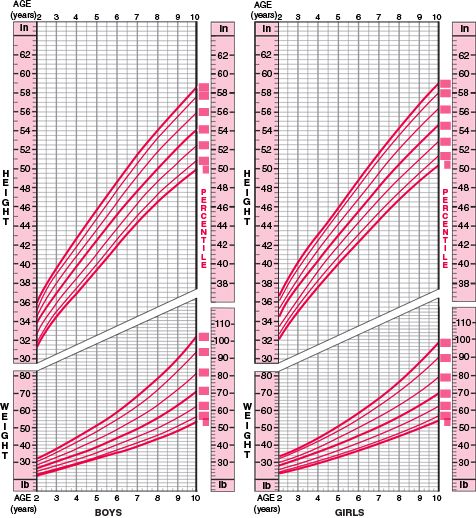
- Age - The age of the child in months
- Weight - The mass of the child in metric and standard units.
- Graph Plot - Weight versus age graph with 5, 10, 25, 50, 75, 95 and calculated percentile lines.
Reference:
Centers for Disease Control and Prevention (CDC). National Center for Health Statistics (NCHS). National Health and Nutrition Examination Survey Data. Hyattsville, MD: U.S. Department of Health and Human Services, Centers for Disease Control and Prevention, 2008 https://www.cdc.gov/growthcharts/.
Child Height Predictor:
Child Height Predictor - Predict Adult Height
CDC Recommended Growth Charts:
The United States Center for Disease Control (CDC) recommends using the World Health Organization (WHO) charts for the first two year of life (0 to 2 years). After two years, it is recommended to return to the CDC charts.
Weight-Age (WHO 0-2 years) Length-Age (WHO 0-2 years) Weight-Length (WHO 0-2 years) Head Circumference-Age (WHO 0-2 years)
Weight-Age (CDC 2-20 Years) Stature-Age (CDC 2-20 Years) Weight-Stature (CDC 2-20 Years)
CDC Growth Charts:
Weight-Age (CDC 0-3 years) Length-Age (CDC 0-3 years) Weight-Length (CDC 0-3 years) Head Circumference-Age (CDC 0-3 years) Weight-Age (CDC 2-20 Years) Stature-Age (CDC 2-20 Years) Weight-Stature (CDC 2-20 Years)
WHO Growth Charts:
Weight-Age (WHO 0-5 years) Length-Age (WHO 0-2 years) Height-Age (WHO 2-5 years) Weight-Length (WHO 0-2 years) Weight-Height (WHO 2-5 years) Head Circumference-Age (WHO 0-5 years)
Chinese Growth Charts:
Weight-Age (China 0-18 years) Length-Age (China 0-3 years) Height-Age (China 3-18 years) Head Circumference-Age (China 0-6 years) Weight-Length (China 0-3 years) Weight-Height (China 3-18 years)
Preterm Infant Growth Charts:
Weight-Age (23-41 Gestational Weeks) Length-Age (23-41 Gestational Weeks) Head Circumference-Age (23-41 Gestational)
Email Contact and Privacy Policy:
Contact: aj@ajdesigner.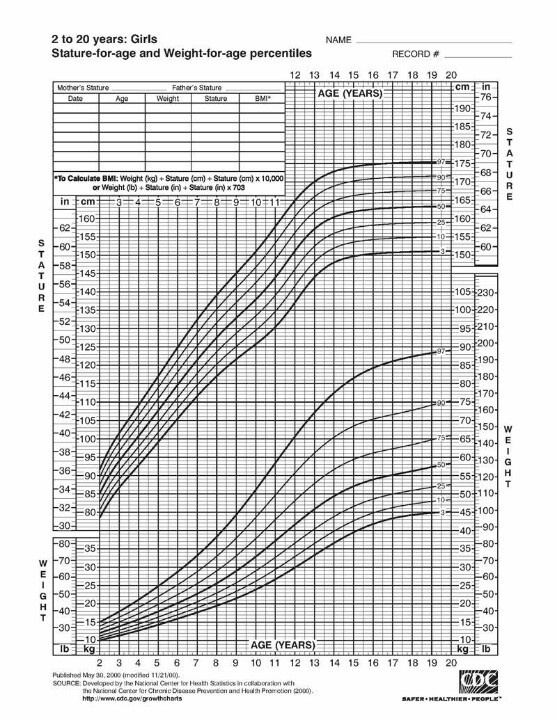 com
Privacy Policy - Legal Disclaimer
com
Privacy Policy - Legal Disclaimer
Popular Pages:
Sale Discount Calculator - Percent Off Loan Calculator Mortgage Extra Payment Paycheck Overtime Rate Calculator Jobs Salary Pay Check Converter Temperature Converter Fraction Calculator - Simplify Reduce Engine Motor Horsepower Calculator Earned Value Project Management Present Worth Calculator - Finance Constant Acceleration Motion Physics Statistics Equations Formulas Mortgage Loan Calculator - Finance Weight Loss Diet Calculator Body Mass Index BMI Calculator Light Bulb Energy Cost Analysis Automobile Fuel Economy - Gasoline Tire Size Comparison Calculator Water Pump Calculator - Hydraulics Geometry Square Circle Cylinder Triangle Calculator Torque Calculator Density Calculator Pressure Calculator Power Calculator Force Calculator
Disclaimer:
Use this calculator at your own risk.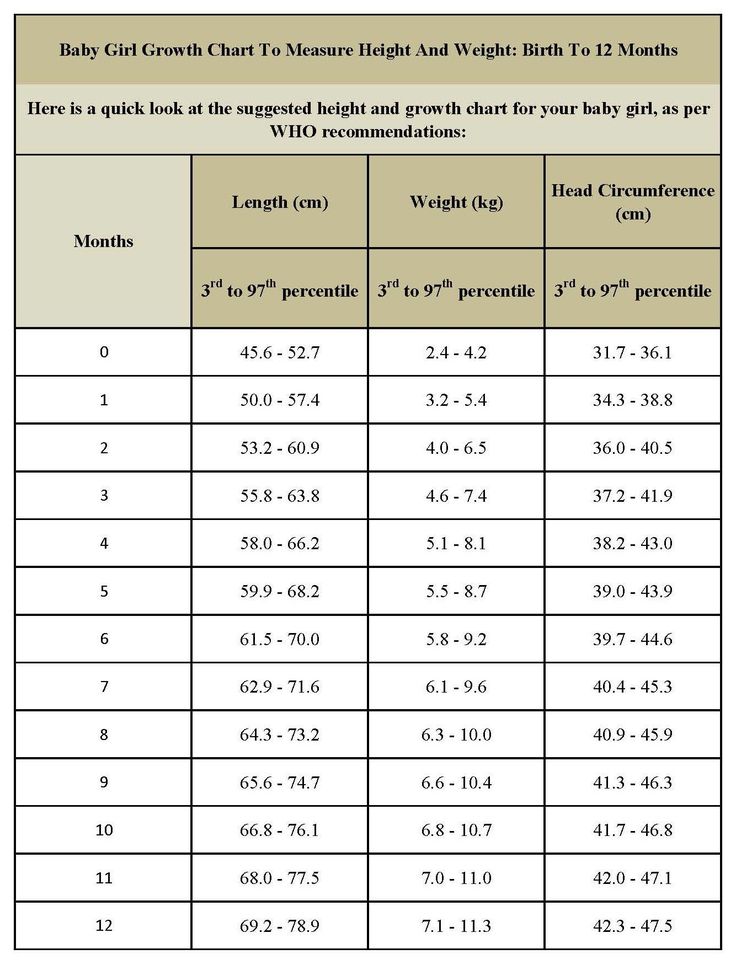 This calculator may or may not be accurate or reliable. By using this calculator you acknowledge any reliance on this calculator shall be at your sole risk.
This calculator may or may not be accurate or reliable. By using this calculator you acknowledge any reliance on this calculator shall be at your sole risk.
AJ Design Software:
Technical Tools, Specifications, How to Guides, Training, Applications, Examples, Tutorials, Reviews, Answers, Test Review Resources, Analysis, Homework Solutions, Help, Data and Information for Engineers, Technicians, Teachers, Tutors, Researchers, K-12 Education, College and High School Students, Science Fair Projects and Scientists
Weight of a child up to 2 years old by months: online calculator
Medvisor
Services
Weight norm for a child up to 2 years old
This calculator allows you to calculate the normal weight of a child online depending on age (0-2 years). The percentile parameter is taken as the basis, that is, a comparison of weight / height norms for children of a younger age group
Gender of child
Boy Girl
Age of child
012
years
Child
01234567891011
months
You can determine the percentile for a child up to 2 years old
Weight
percent
SETENTIONAL BEARSED OF THE CHILDREN UNDER (By month)
9000 9000 9000 9000 9000 and weights of children under 1 year old are calculated in accordance with the parameters, approved by the World Health Organization.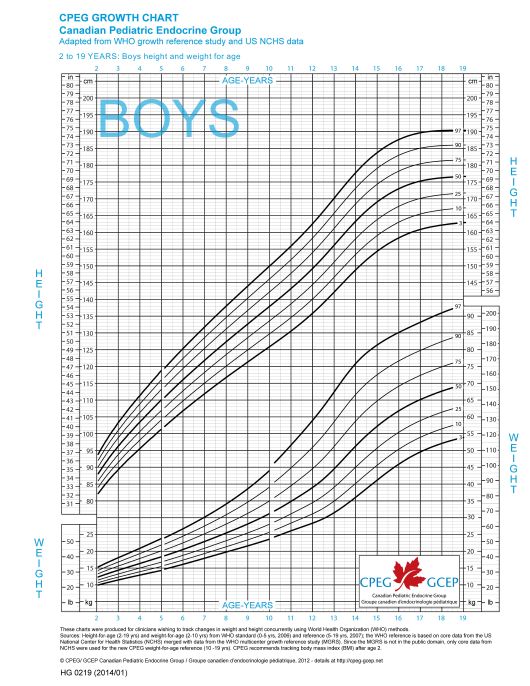 For convenience, you can also focus on the tables below, or calculate the weight of your child yourself using our online calculator. nine0004
For convenience, you can also focus on the tables below, or calculate the weight of your child yourself using our online calculator. nine0004
Boys weight chart
| Child's age | boys | |
|---|---|---|
| Body mass | ||
| Average | Normal Range | |
| 0 months | 3.5 kg | 3 - 4 kg nine0073 |
| 1 month | 4.3 kg | 3.6 - 5 kg |
| 2 months | 5.3 kg | 4.5 - 6 kg |
| 3 months | 6.2 kg | 5.5 - 6.9 kg |
| 4 months | 6.9 kg | 6.1 - 7.7 kg nine0073 |
| 5 months | 7.8 kg | 7 - 8.4 kg |
| 6 months | 8.7 kg | 7.9 - 8.9 kg |
| 7 months | 8.9 kg | 7.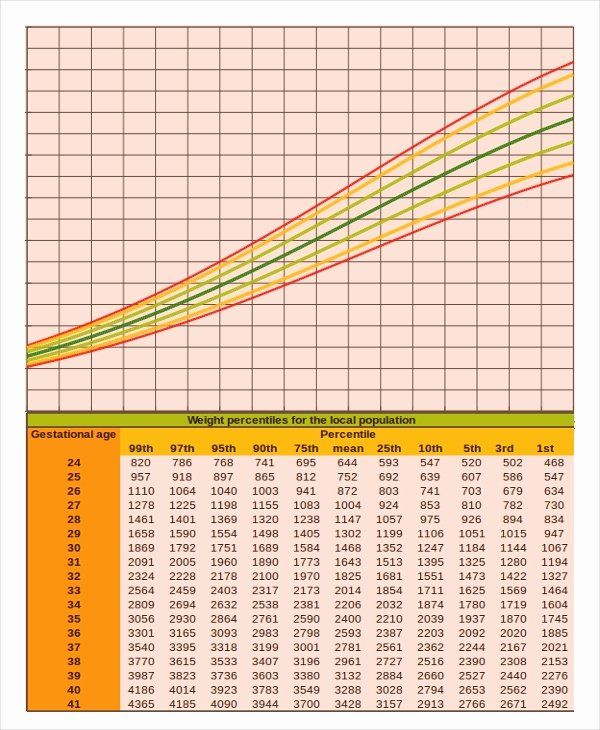 8 - 10.0 kg 8 - 10.0 kg |
| 8 months | 9.3 kg | 8.2 - 10.4 kg nine0073 |
| 9 months | 9.8 kg | 8.7 - 11.05 |
| 10 months | 10.3 kg | 9.2 - 11.5 kg |
| 11 months | 10.4 kg | 9.3 - 11.5 kg |
| 12 months | 10.8 kg | nine.4 - 11.9 kg |
Girls weight chart
| Child's age | Girls | |
|---|---|---|
| Body mass | ||
| Average | Normal Range | |
| 0 months | 3.3 kg nine0073 | 2.8 - 3.8 kg |
| 1 month | 4.1 kg | 3.5 - 4.6 kg |
| 2 months | 5.0 kg | 4.3 - 5.5 kg |
| 3 months | 5.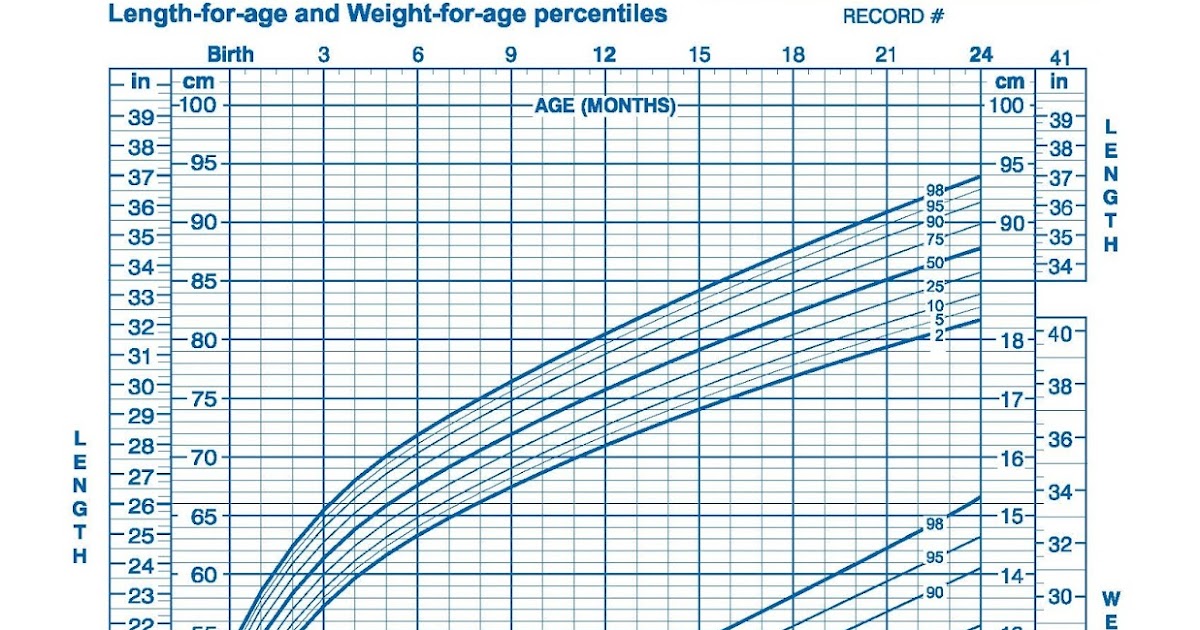 9 kg 9 kg | 5.3 - 6.4 kg |
| 4 months | 6.5 kg nine0073 | 5.8 - 7.1 kg |
| 5 months | 7.2 kg | 6.2 - 8.0 kg |
| 6 months | 7.9 kg | 7.0 - 8.8 kg |
| 7 months | 8.1 kg | 7.2 - 9.1 kg |
| 8 months | 8.3 kg nine0073 | 7.2 - 9.4 kg |
| 9 months | 9.0 kg | 8.1 - 10.0 |
| 10 months | 9.5 kg | 8.2 - 10.8 kg |
| 11 months | 9.8 kg | 8.9 - 11.0 kg |
| 12 months | 10.1 kg nine0073 | 9.0 - 11.3 kg |
Calculate the weight and height of a child online by months
The result shows what percentage of babies weigh less. For example, in a sample of 100 babies, a value of 40 means that your baby weighs more than 40 babies and less than the other 60.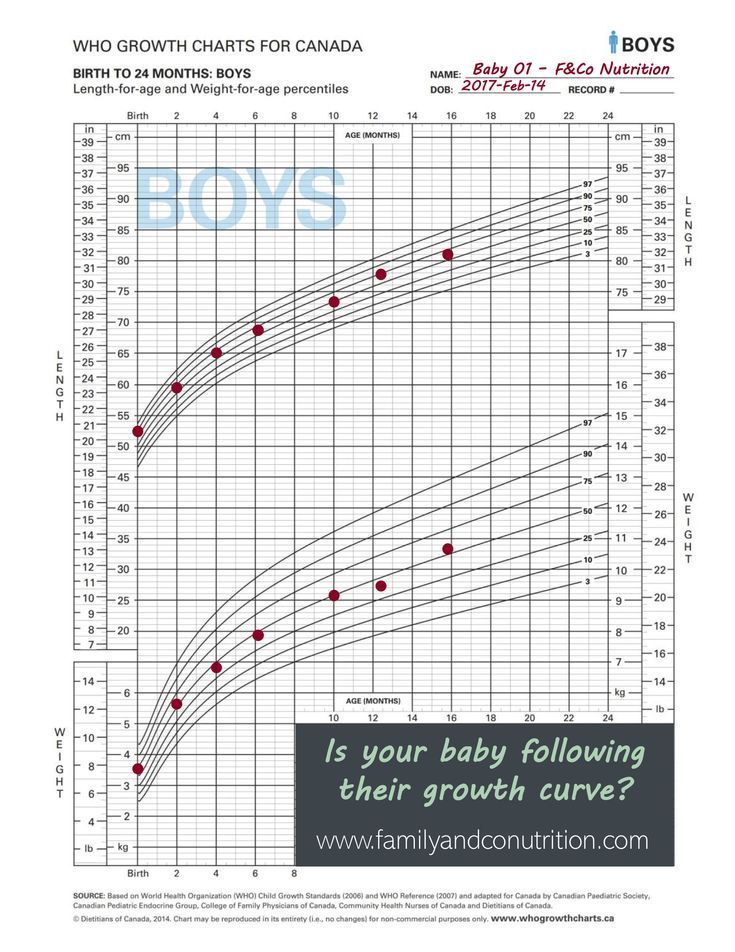
Please note that this calculator uses tables and charts from the World Health Organization (WHO). nine0004
The percentage value of 50 corresponds to the average weight. Below 50% - the child weighs less than average, more than 50% - above average. This does not mean that your child is overweight or underweight. Only a doctor can make such a diagnosis.
Percentiles in infants and children, what are they for? How are they calculated?
As a child grows throughout their childhood, when they go to the pediatrician, they check growth charts to see if physical development is optimal for their age. nine0328 Growth charts or percentiles help doctors and parents evaluate and monitor a child's growth. While growth charts can provide important information, this information should not be the only diagnostic tool a clinician uses. Percentiles are an analysis of information, but each child is different and does not always have to be accurate for everyone.
Index
- 1 What are percentiles?
- 2 Children's percentiles
- 3 Children's percentiles
- 4 How to calculate percentile
- 5 Children percentile table
- 6 Girls percentile table
What are percentiles?
Percentiles are growth curves or charts that measure and compare children's height. regarding general and standard data. These parameters show height, weight and head circumference, which are considered normal at a certain age, taking into account, first of all, the first years of a baby's life. But it should be noted that every child is a world, and that the doctor himself will evaluate whether the boy or girl is really within the normal range or if there is something to be considered regarding their health. nine0004
Growth curves contain a set of percentiles ranging from 5 to 95%. Doctors measure the circumference of the child's head, in children under 3 years old - weight and height.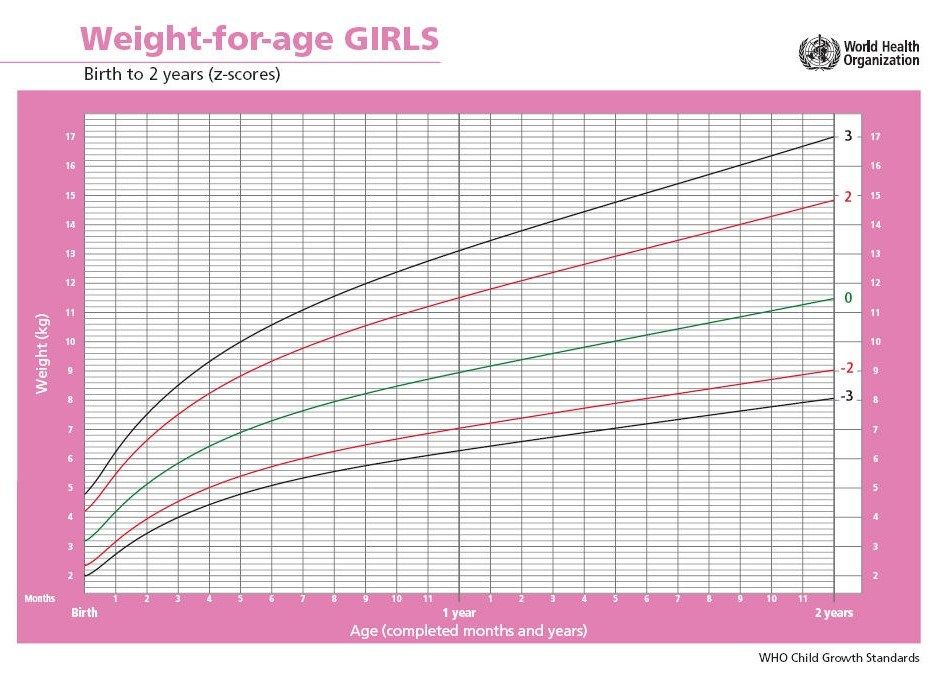 After collecting this data, the doctor plots the growth according to the child's age.
After collecting this data, the doctor plots the growth according to the child's age.
Weight, height and head circumference, if they fall within the graph, will indicate the percentile. This is adequate. Percentiles are a way to compare your child to other children. Higher percentages indicate a fatter or taller child, while lower percentages indicate a lighter or shorter child. nine0004
For example, a girl with the 75th weight percentile would be above 75 girls out of 100 and less than 25 girls out of 100. Percentiles also allow the clinician to compare height and weight to determine proportionate height. A child with a 90th percentile weight and 25th percentile height is likely to be too heavy for their height; whereas a child with the 50th percentile of height and weight has a good ratio.
Child percentiles
If you want to know if your child's percentiles are age-appropriate, the first thing you need to do is Consult your pediatrician to determine suitable parameters.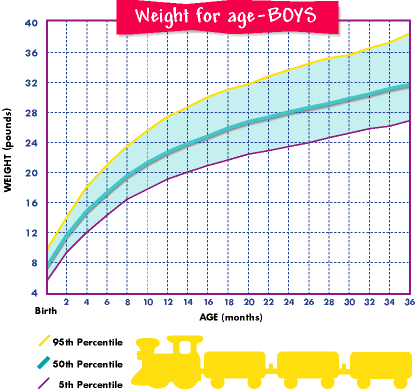 . The best percentile charts are the ones your pediatrician will have as they are likely to be based on the WHO charts. The percentile will display your child's weight or height on the growth chart (he may be above or below average), and you have nothing to worry about as they are standard values and everything is fine unless your pediatrician sees something unusual. ordinary, in which case they will have to tell you about it. nine0004
. The best percentile charts are the ones your pediatrician will have as they are likely to be based on the WHO charts. The percentile will display your child's weight or height on the growth chart (he may be above or below average), and you have nothing to worry about as they are standard values and everything is fine unless your pediatrician sees something unusual. ordinary, in which case they will have to tell you about it. nine0004
The growth of infants and children is influenced by many external factors, such as feeding or movement, but there is also a great deal of genetic influence. Even if your child or toddler is above or below the standard height, if they are happy, alert, active and in good health, they will rarely suffer from problems. Percentile charts should only be a guide for you, but your pediatrician will always evaluate your child's growth, development, and health.
Percentile children
The same happens with infant percentiles in infant percentiles are indicative values and should not be of any concern.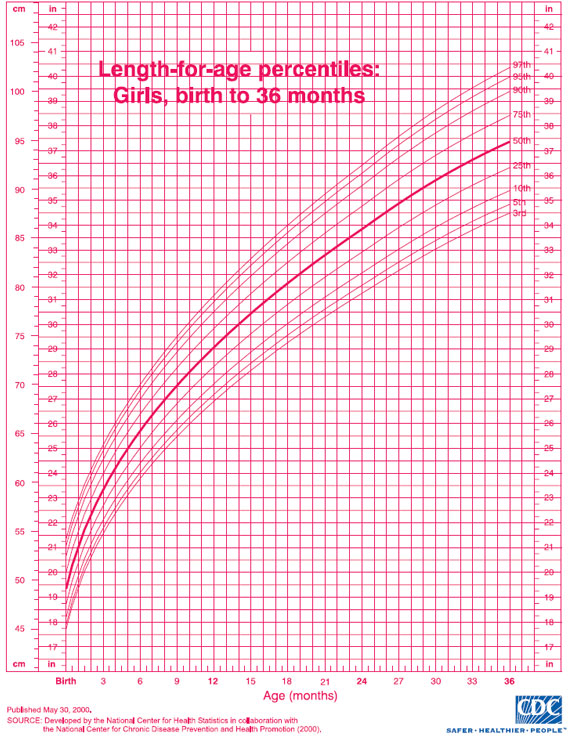 Although, if a child may be obese for his age, it would be wise for parents to take action in his life, not only because of what they invest in the percentile, but also for the good of his health.
Although, if a child may be obese for his age, it would be wise for parents to take action in his life, not only because of what they invest in the percentile, but also for the good of his health.
Si the doctor appreciates that parents should take some action In particular, thanks to the data in the growth chart and the data that your child has regarding his weight, height and age, they will immediately inform the parents in order to find the best health solutions baby. nine0004
How to calculate percentile
Childhood obesity is a serious problem Millions of children in our society are overweight. Children under 6 years of age are overweight due to malnutrition and a sedentary lifestyle. Obesity can cause developmental and health problems in children, and percentiles can be a great tool to determine if a child is on the path to becoming obese.
But in addition to physical health problems, there can also be emotional health problems that lead to low self-esteem in children when they feel that their body image is negative. nine0004
nine0004
You can find calculators online to automatically calculate your children's percentile, but you can also do it yourself with or without the help of a doctor. To calculate the percentile, you must first calculate your BMI (body mass index), where will give you your ideal weight based on your current weight and height. You must remember that BMI does not calculate body fat, but only adequate weight based on height.
BMI is calculated by dividing weight by height in meters squared. nine0329 . For example, if your three-year-old son weighs 16'250 kg and is 92 cm tall, his BMI would be 19'19. The equation to get the BMI would be 16'250 / (0 x 92). Knowing the BMI is not enough to know if a child is overweight, we must take into account the age and whether it is a boy or a girl.
After calculating the BMI, you should look at the growth chart of boys or girls according to the age presented by WHO, after which you can get the percentile corresponding to your son / daughter.